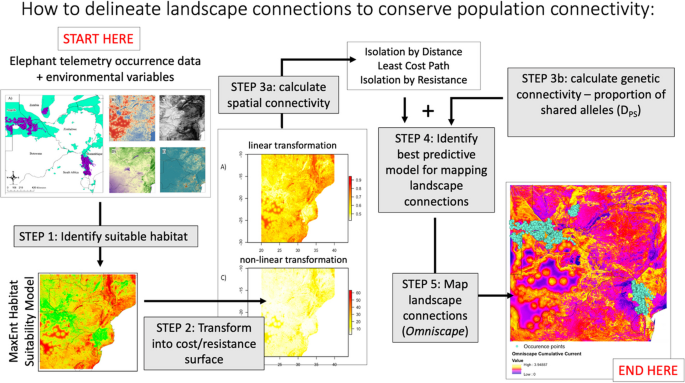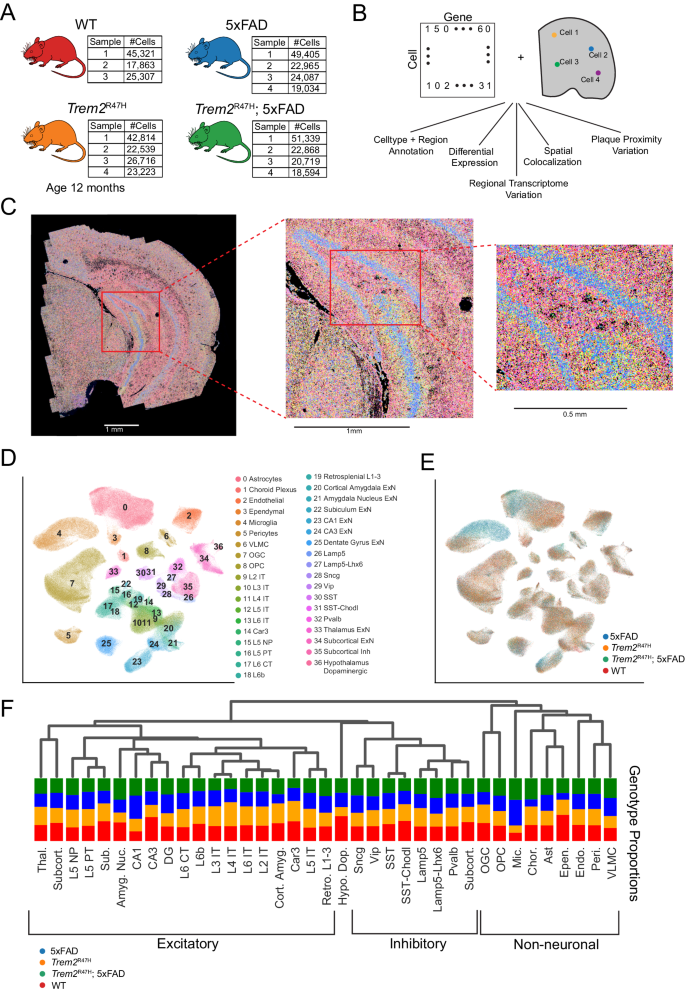2024-08-06 イリノイ大学アーバナ・シャンペーン校
<関連情報>
- https://aces.illinois.edu/news/elephants-move-mapping-connections-across-african-landscapes
- https://link.springer.com/article/10.1007/s10531-024-02910-0
生息地適性モデリングと遺伝子フローを統合することで、アフリカサバンナのゾウのランドスケープにおけるつながりがより明確になる Integrating habitat suitability modeling with gene flow improves delineation of landscape connections among African savanna elephants
Alida de Flamingh,Nathan Alexander,Tolulope I. N. Perrin-Stowe,Cassidy Donnelly,Robert A. R. Guldemond,Robert L. Schooley,Rudi J. van Aarde & Alfred L. Roca
Biodiversity and Conservation Published:20 July 2024
DOI:https://doi.org/10.1007/s10531-024-02910-0
Graphical abstract

Abstract
Across Africa, space for conservation is sometimes limited to formally protected areas that have become progressively more isolated. There is a need for targeted conservation initiatives such as the demarcation of landscape connections, defined as areas that encompass environmental variables that promote the natural movement of individuals between populations, which can facilitate gene flow. Landscape connections can mitigate genetic isolation, genetic drift, and inbreeding, which can occur in isolated populations in protected areas. Promoting gene flow can reduce the risk of extirpation often associated with isolated populations. Here we develop and test models for identifying landscape connections among African savannah elephant (Loxodonta africana) populations by combining habitat suitability modeling with gene flow estimates across a large region including seven countries. We find a pronounced non-linear response to unsuitable habitat, consistent with previous studies showing that non-transformed habitat models are poor predictors of gene flow. We generated a landscape connections map that considers both suitable habitats based on telemetry occurrence data and gene flow estimated as the inverse of individual genetic distance, delineating areas that are important for maintaining elephant population connectivity. Our approach represents a novel framework for developing spatially and genetically informed conservation strategies for elephants and many other taxa distributed across heterogeneous and fragmented landscapes.


